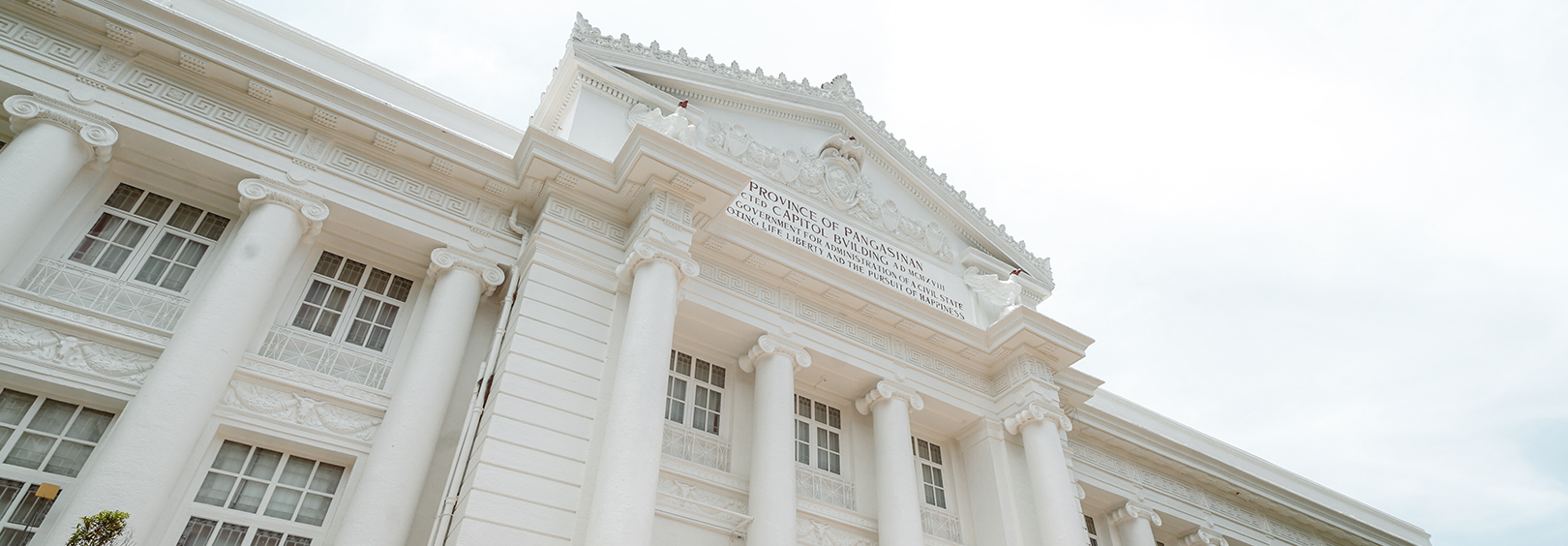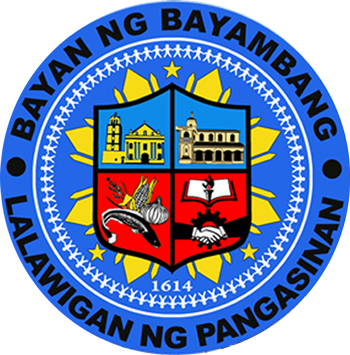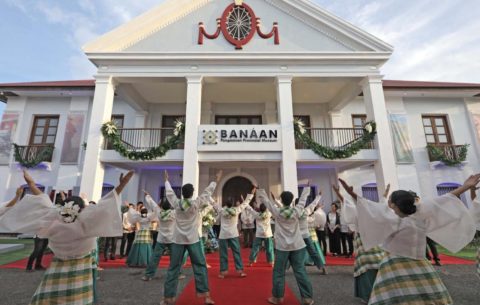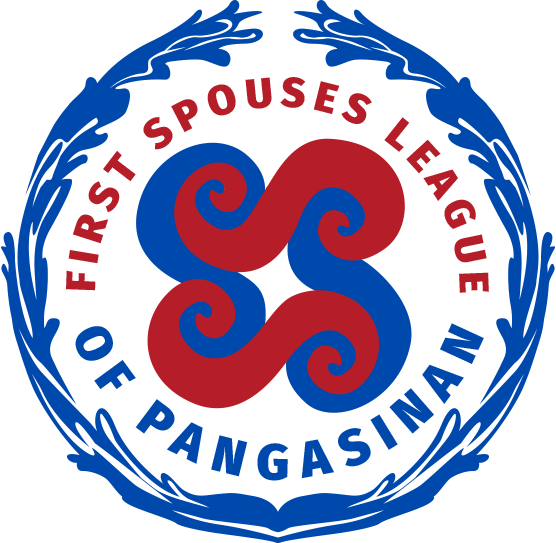The name Bayambang is believed to have been derived from the plant colibangbang, which grew abundantly in the area. The original settlers were located in what are now barangays Hermosa and Inirangan. When Bayambang became a Spanish pueblo in 1614, the town transformed into a major transit point for goods in the province. The construction of the Manila-Dagupan Railroad brought further progress to the area.
With its status as a major trading hub in the north, the revolutionary government declared Bayambang as the 5th capital of the First Philippine Republic in 1899. The newspaper La Independencia, staffed by its editor Antonio Luna and other notable personalities such as Rosa Sevilla, Cecilio Apostol, and Jose Palma, used the Bayambang railroad station as a publishing house during the war for independence.
Bayambang is part of the third congressional district located in southern Pangasinan, serving as a gateway to the Province of Tarlac through Camiling. It has a land area of 18,305 hectares and a population of 129,011 according to the 2020 census.
Bayambang is known for its towering St. Vincent sculpture, which stands at 50 meters and is the tallest bamboo sculpture in the world. The sculpture represents the town’s patron saint, St. Vincent Ferrer. The town is also known for its famous Longest Barbecue, which spans more than eight kilometers and features various meat dishes grilled on-site. Bayambang is now fast becoming a major tourist destination in the region, with its other attractions such as the Bayambang Leisure Park and the Bayambang Tree Park.
Bayambang is also known for its agricultural products, such as corn, onions, and rice crackers, which are popular pasalubong items for visitors.























